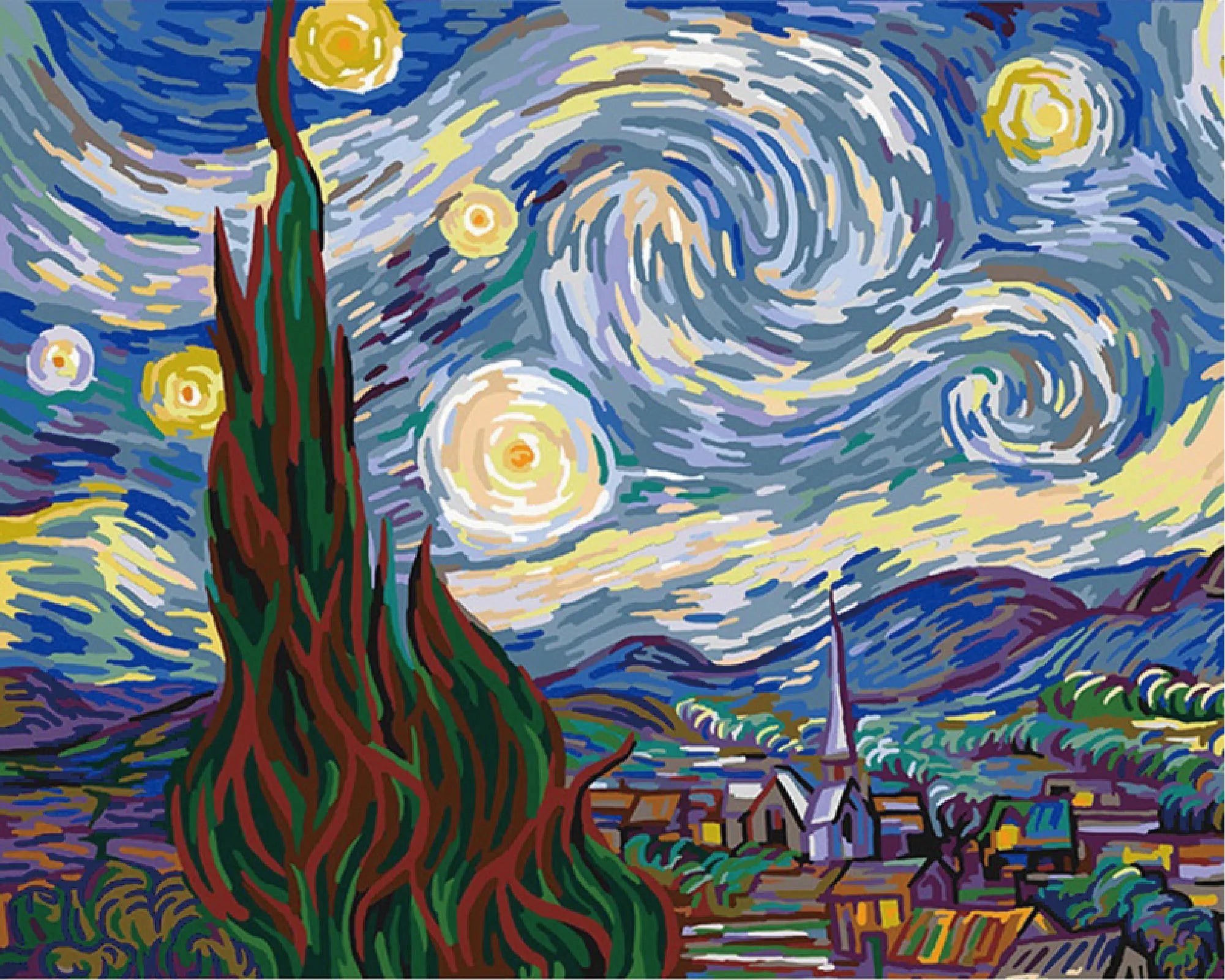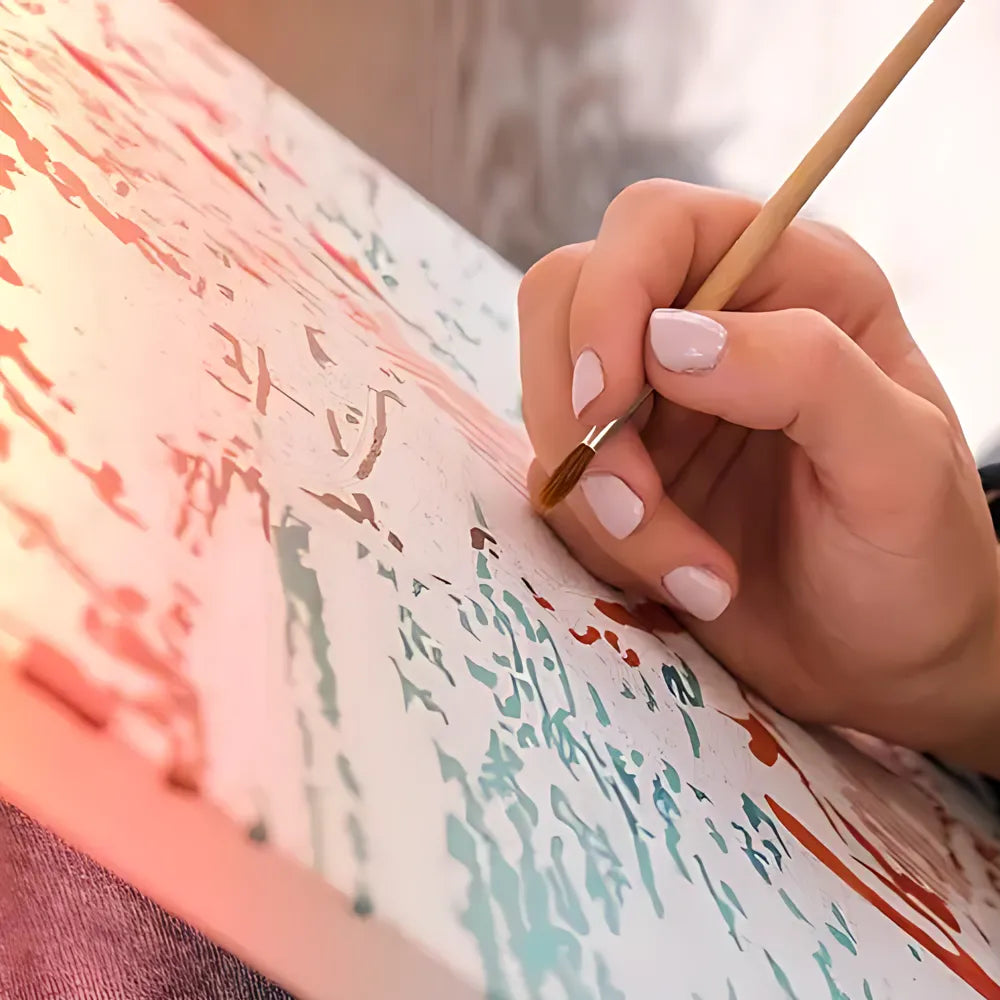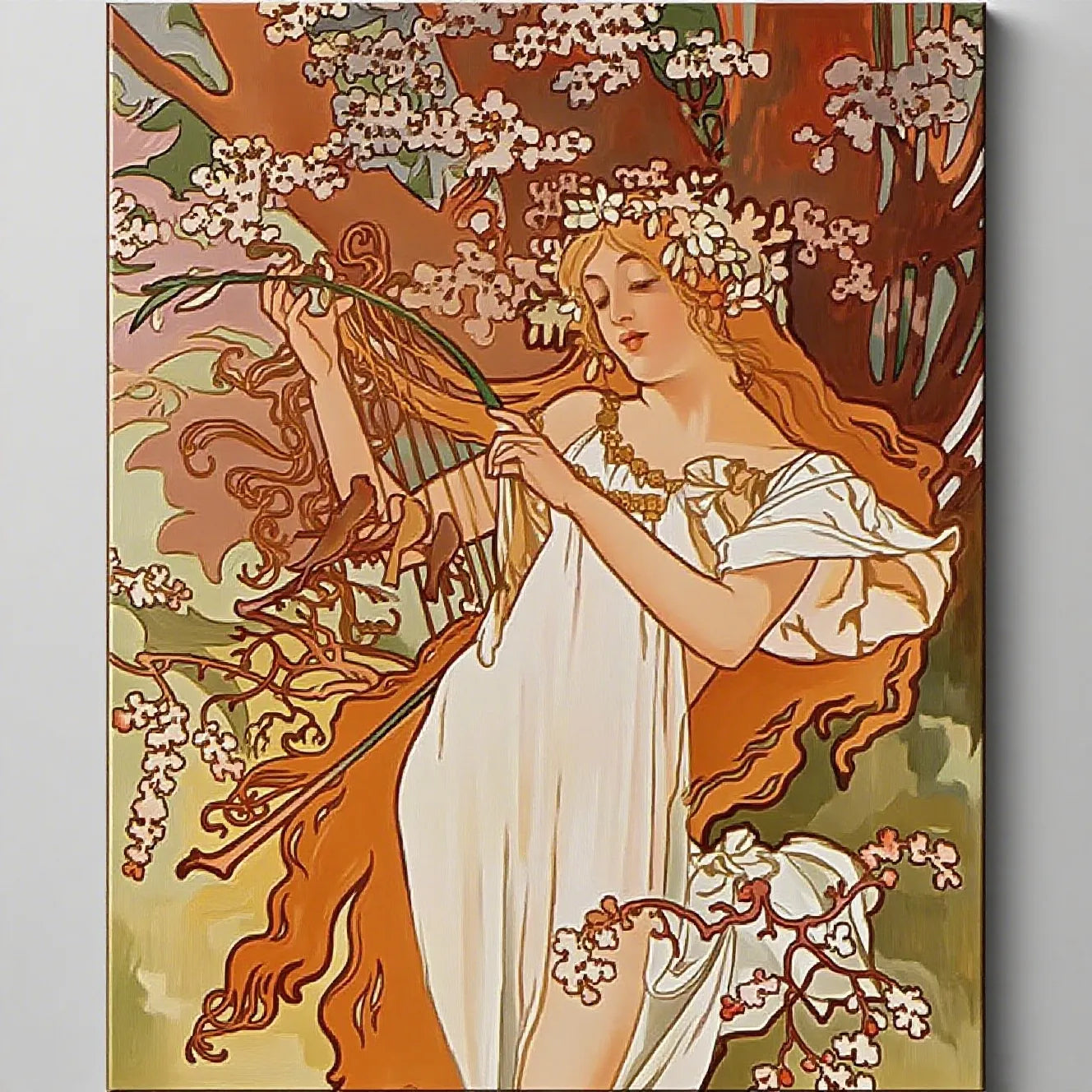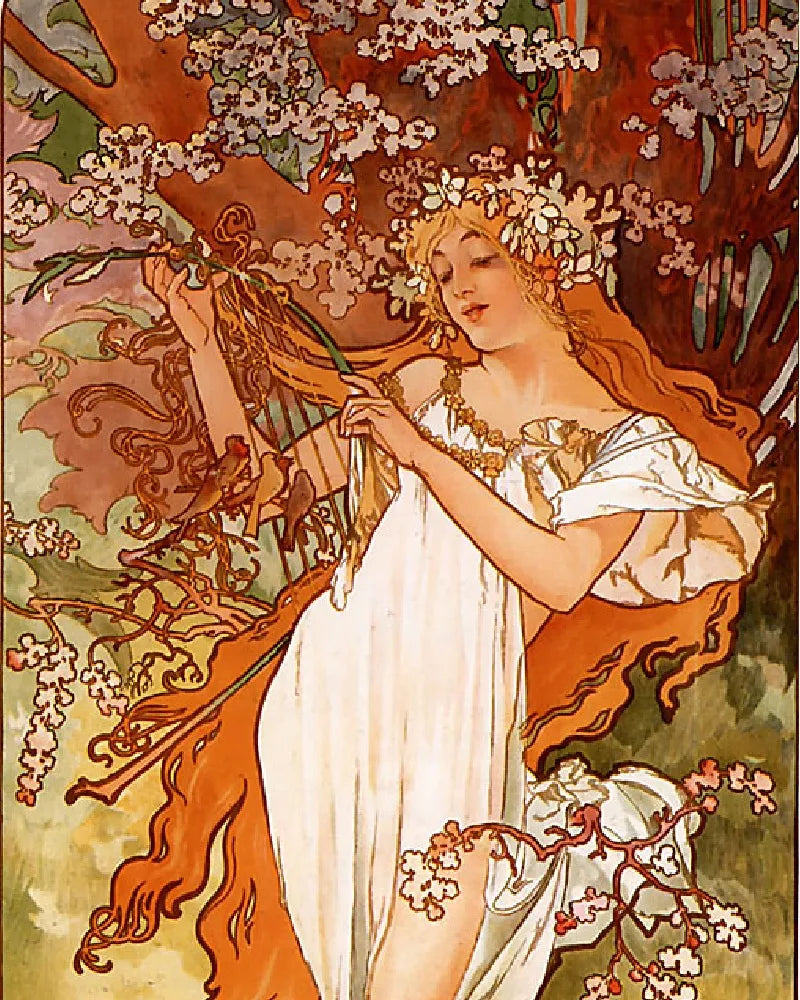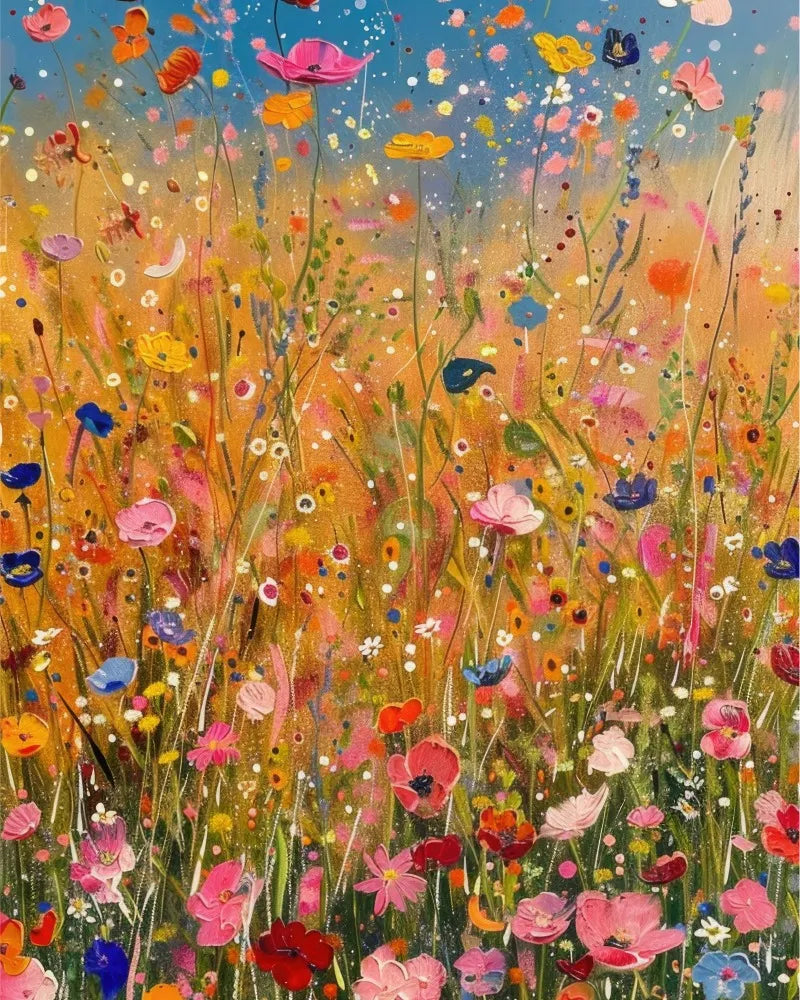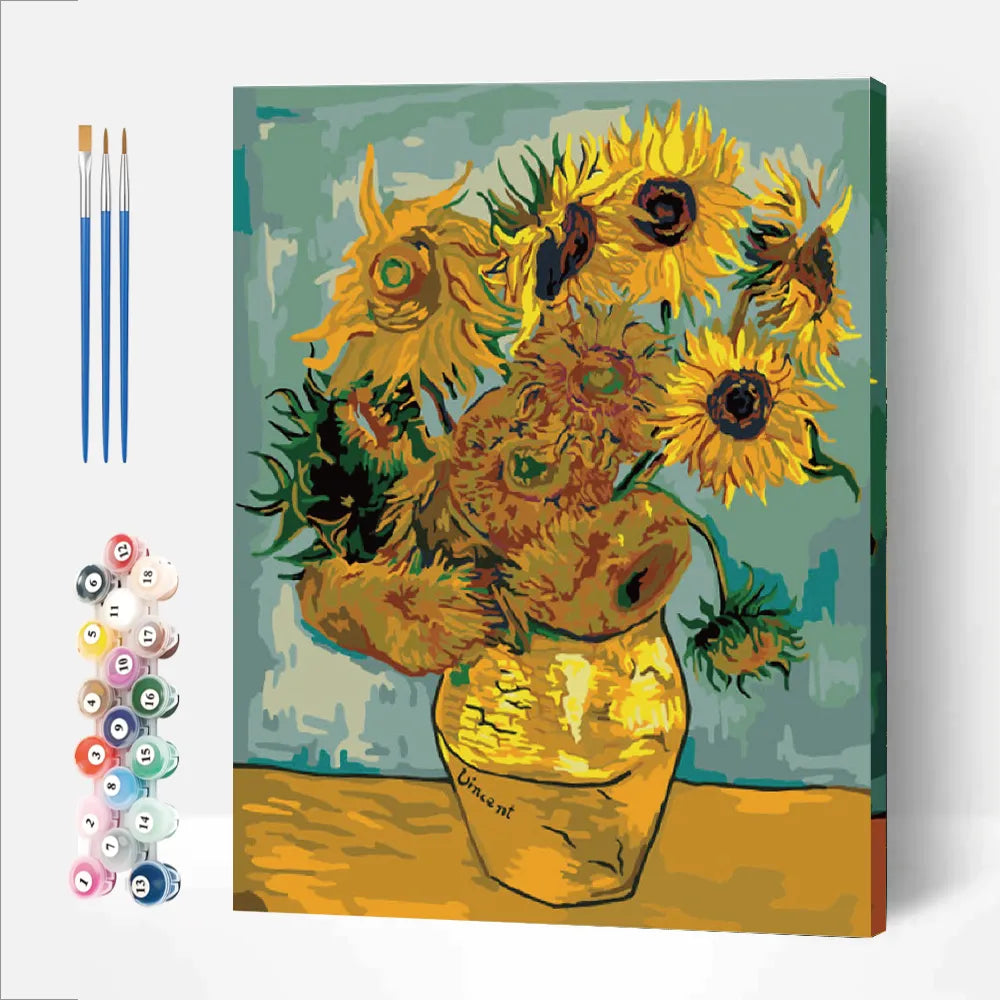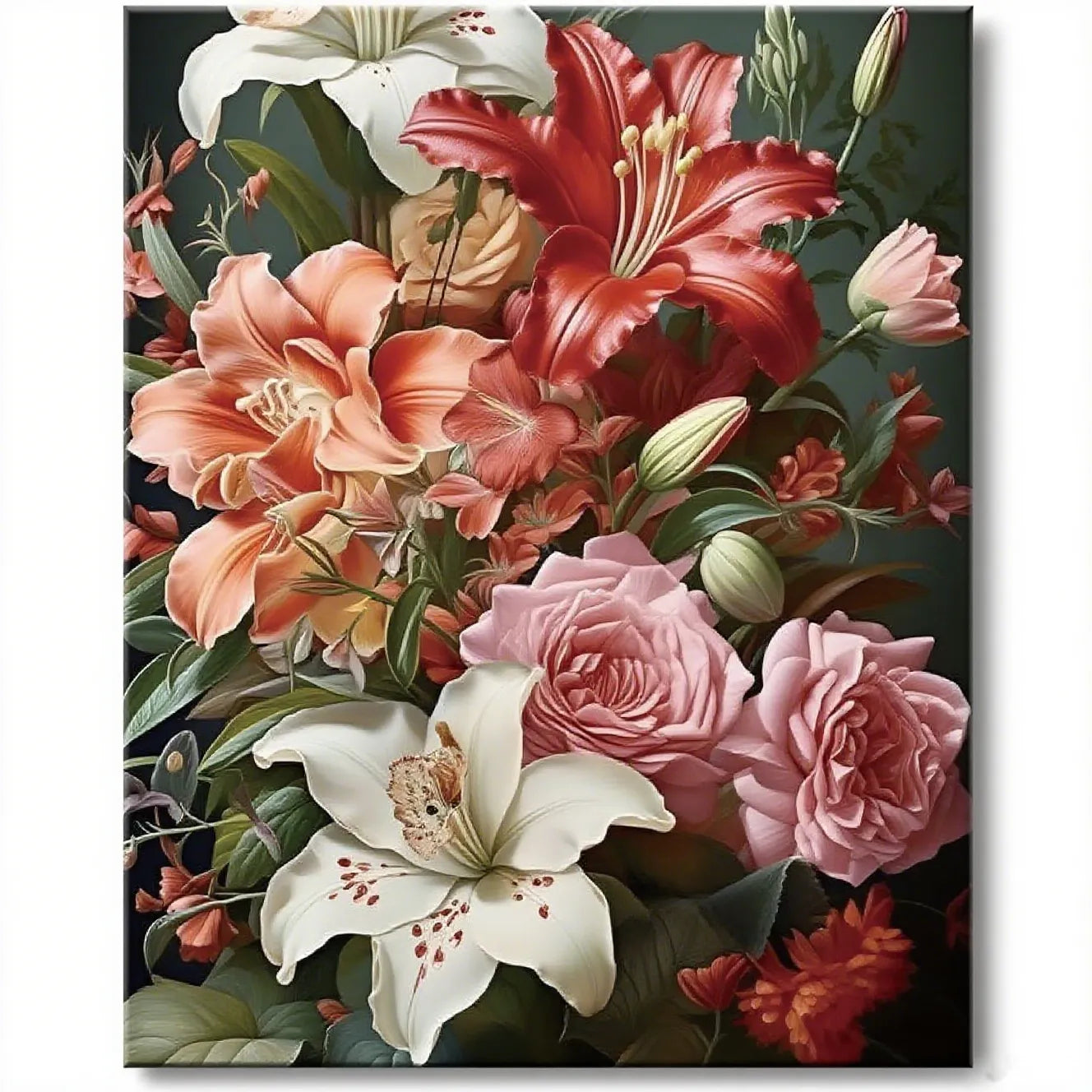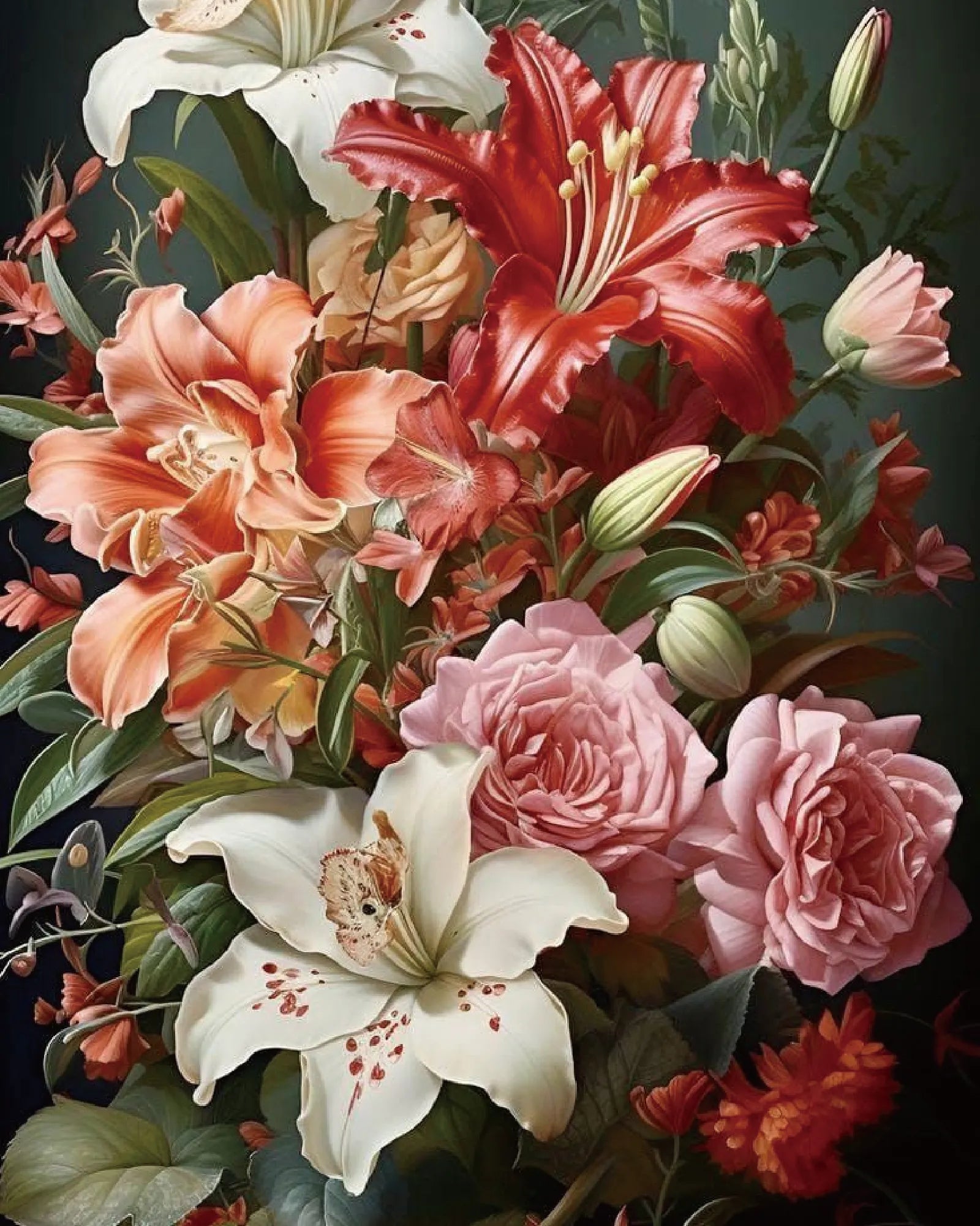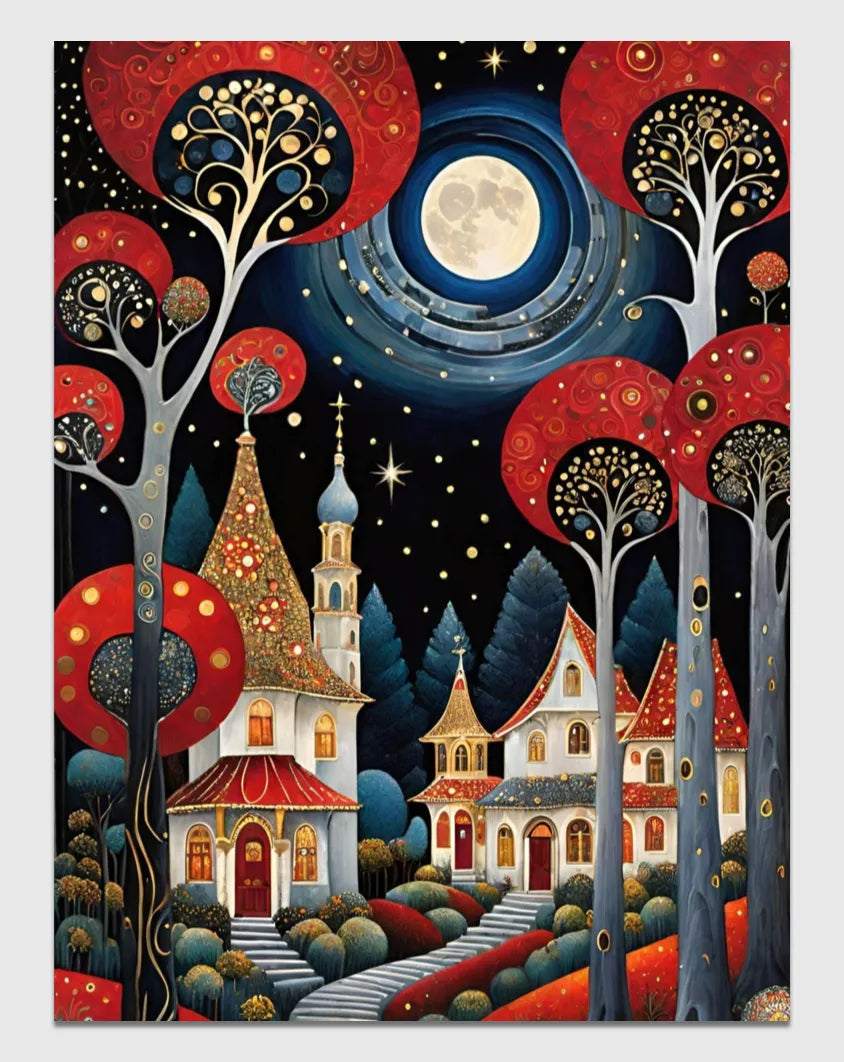Portrait paintings have long captured more than a person’s likeness. They invite us to glimpse personalities, secrets, and stories hidden behind a gaze or a subtle smile. Some portraits are so powerfully crafted that they become touchstones for generations, reshaping the way we see art, beauty, and humanity itself. This blog dives deep into the top seven most famous portrait paintings, exploring their backgrounds, artistic techniques, and the reasons they continue to fascinate us. You’ll also learn how you can recreate these timeless masterpieces with paint by numbers, bringing the magic of art into your own hands.
Why Portrait Paintings Matter
Portraits are more than faces on a canvas. Historically, they have served as markers of power, status, love, and memory. Artists poured skill, creativity, and emotion into documenting their subjects, whether powerful patrons or intimate loved ones. Over centuries, portraiture has evolved from rigid formality to powerful self-expression, reflecting shifting social values and artistic innovation. The following seven portraits have achieved legendary status, each standing as a masterclass in technique and storytelling.
Mona Lisa by Leonardo da Vinci
The Story Behind the Masterpiece
Created between 1503 and 1506 (with some scholars suggesting work continued into 1517), the "Mona Lisa" is perhaps the most recognized painting in art history. Commissioned by wealthy Florentine merchant Francesco del Giocondo, Leonardo da Vinci captured the image of Lisa Gherardini. Housed in the Louvre Museum in Paris, the "Mona Lisa" draws millions of visitors every year.
Dissecting the Subject and Technique
Leonardo’s mastery shines in his realistic rendering of flesh, the gentle sfumato shading around the face, and the enigmatic landscape background. The Madonna-like calmness, the sitter’s subtle smile, and her direct gaze create a magnetic allure. Da Vinci’s blending technique gives the "Mona Lisa" an ethereal softness that makes her seem almost alive.
Cultural Impact
From da Vinci’s time to today, the "Mona Lisa" has captivated hearts, provoked scholarly debates, and inspired endless reinterpretations. She has become a symbol of artistic genius, intrigue, and mystery. Countless films, parodies, and ad campaigns have paid tribute to that iconic smile.

Girl with a Pearl Earring by Johannes Vermeer
Unveiling the Background
Painted circa 1665, "Girl with a Pearl Earring" is sometimes called the “Mona Lisa of the North.” Little is known about the origin or identity of the girl. Dutch artist Johannes Vermeer used his signature mastery of light and color to create a portrait that feels both intimate and timeless.
Subject and Technique
The girl’s turned head, parted lips, and luminous skin create a sense of immediacy, as if she’s just turned to speak to us. Vermeer’s use of a limited palette, especially the vivid blue turban and glowing pearl, spotlight the sitter’s fragile beauty. The background is left intentionally dark, ensuring the figure glows against the void.
Cultural Resonance
The painting has inspired novels, films, and has become almost synonymous with the evocative power of Dutch Golden Age portraiture. Its emotional ambiguity and timeless quality invite personal interpretation, keeping "Girl with a Pearl Earring" forever relevant.

Portrait of Adele Bloch-Bauer I by Gustav Klimt
Behind the Gilded Canvas
A gilded icon of the fin de siècle, Gustav Klimt painted "Portrait of Adele Bloch-Bauer I" between 1903 and 1907. Commissioned by industrialist Ferdinand Bloch-Bauer, the work immortalizes his wife, Adele, and now hangs in the Neue Galerie in New York.
Painting in Gold and Pattern
Klimt’s opulent portrait shimmers with real gold and silver leaf, entwined with swirling Art Nouveau ornamentation. Adele is regal and enigmatic, surrounded by rich patterns and geometric shapes. Klimt merged realism in Adele’s face and hands with dazzling abstraction, fusing classic portraiture with radical modernism.
The Power of Provenance
This painting became a symbol of restitution when, after a long legal battle, it was returned to its rightful heirs post-Holocaust. It represents not just artistic mastery but also the enduring links between art, history, and justice.

The Arnolfini Portrait by Jan van Eyck
Decoding the Scene
Completed in 1434, Jan van Eyck’s "Arnolfini Portrait" is one of the most analyzed works of the Northern Renaissance. It portrays merchant Giovanni di Nicolao di Arnolfini and his wife in their home, capturing an everyday scene layered with symbolism.
Technique and Details
Van Eyck’s attention to minute detail is legendary. The convex mirror, elaborate fabrics, chandelier, and even the oranges on the windowsill are rendered with precision. The artist’s use of oil paint enabled luminous color and fine textures, while the mysterious reflection in the mirror has spurred speculation for centuries.
Enduring Legacy
The "Arnolfini Portrait" is famous for its realism, symbolism, and for being one of the earliest full-length double portraits. It has influenced generations of portraitists and is often featured in art history textbooks as a watershed moment in Western art.

Whistler’s Mother by James McNeill Whistler
Family and Formality
Officially titled "Arrangement in Grey and Black No. 1," this 1871 painting is best known as "Whistler’s Mother." American-born, Paris-based artist James McNeill Whistler painted his mother, Anna, sitting in profile in his London studio.
Sobriety and Style
The painting’s monochromatic tones and simple composition highlight the sitter’s dignity and strength. Whistler’s use of minimalism and careful arrangement was groundbreaking, stripping the portrait down to structure, value, and mood rather than narrative storytelling.
Social Impact
"Whistler’s Mother" became an American cultural icon, symbolizing motherhood and family values. Its stoic atmosphere has been celebrated, parodied, and featured in everything from postage stamps to films.

Self-Portrait Without Beard by Frida Kahlo
From Pain to Paint
Painted in 1940, "Self-Portrait Without Beard" is one of Frida Kahlo’s last self-portraits and was a birthday gift for her then-divorced husband, Diego Rivera. Known for her emotionally raw self-reflection, Kahlo’s works are deeply autobiographical.
Honest Self-Expression
Kahlo confronts the viewer with an unflinchi
ng gaze. Her face is strong, shadowed, and framed by the stark, severe palette. By painting herself without her trademark facial hair, Kahlo explores notions of identity, vulnerability, and femininity.
Cultural Impact
Kahlo’s self-portraits, especially this one, have become symbols of resilience and personal truth. She’s now recognized as a pioneering feminist artist whose honest self-portraiture inspires millions.

Portrait of Dr. Gachet by Vincent van Gogh
The Final Months
Painted weeks before his death in 1890, Vincent van Gogh’s “Portrait of Dr. Gachet” depicts the painter’s physician and friend, Dr. Paul Gachet. It’s celebrated for its emotional resonance and turbulent brushwork.
Technique and Psychology
The painting’s swirling lines, vivid colors, and expressive features are classic van Gogh. The melancholic pose of Dr. Gachet, his head resting on his hand, embodies empathy, sadness, and the power of human connection.
Lasting Impressions
The "Portrait of Dr. Gachet" is one of van Gogh’s most expensive works, symbolizing his profound impact on modern art. Its emotional depth continues to move audiences around the world.

Recreate the Masterpieces with Paint By Numbers
Ever dreamed of painting your own version of a world-famous portrait? Masterpiece paint by numbers kits make it possible for anyone to enjoy the creative process, regardless of skill level. These kits break down each masterpiece into easy sections, guiding you with numbered colors so you can build up a stunning portrait step by step.
Whether you choose da Vinci’s "Mona Lisa" or van Gogh’s expressive brushwork, painting by numbers lets you connect with the techniques and vision of great artists. Plus, it’s a meditative and rewarding way to decorate your space with your favorite piece of art history.
The Lasting Power of Portrait Paintings
Studying these iconic portraits, we see how artists from every era have pushed boundaries, told personal stories, and shaped cultural ideals. From the enigmatic smile of the "Mona Lisa" to the honest self-reflection of Frida Kahlo, portrait paintings enrich our understanding of beauty, identity, and history.
If you feel inspired by these masterpieces, consider visiting a local gallery, exploring digital museum collections, or even picking up a paintbrush yourself. Every portrait holds a secret waiting to be discovered or recreated.

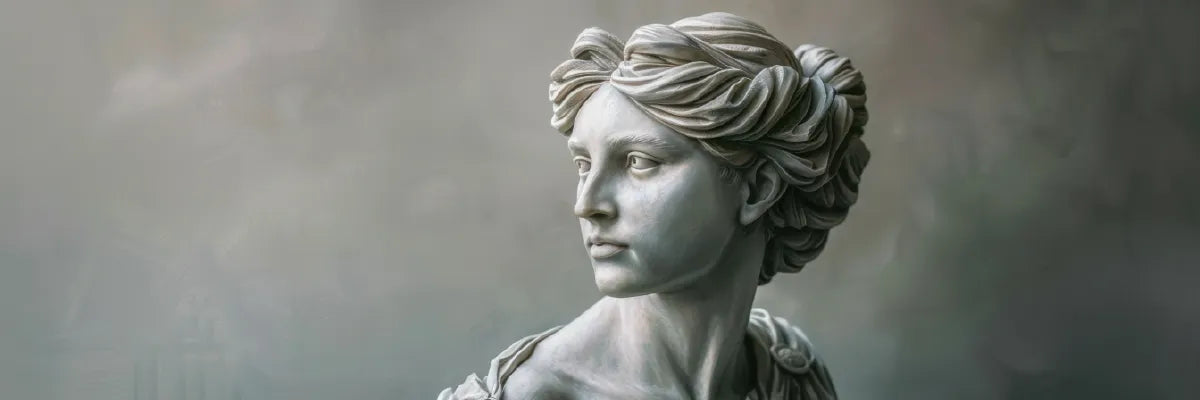
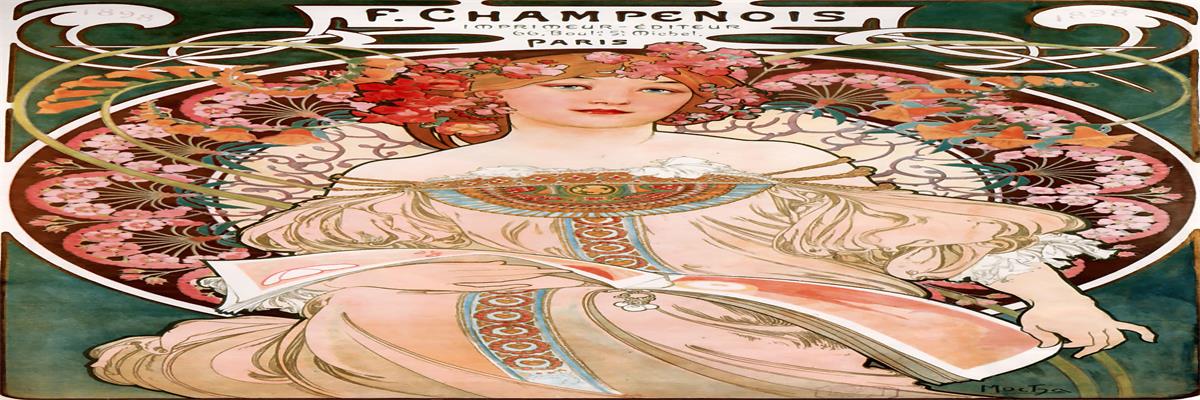

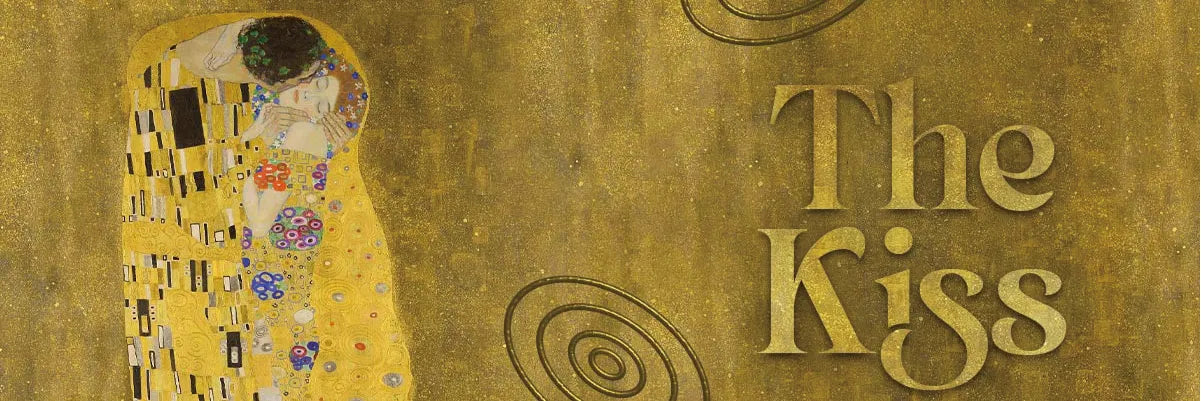
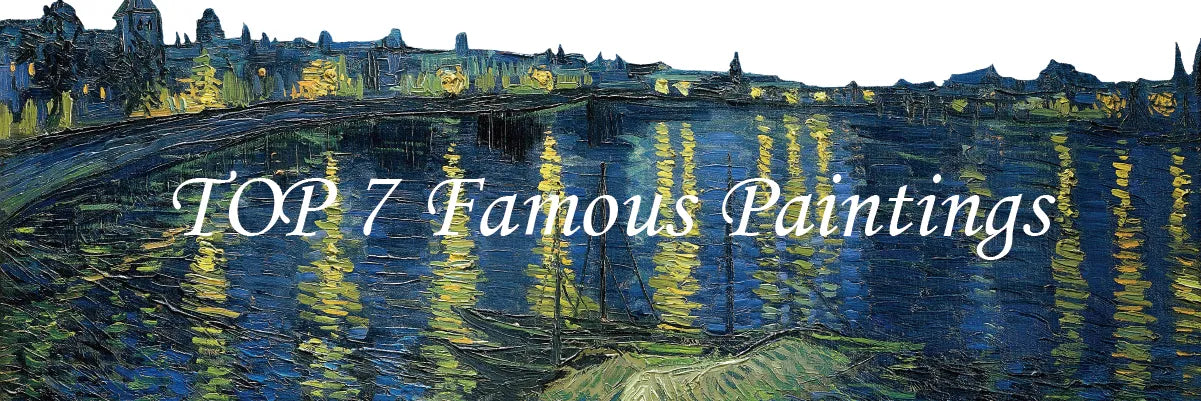


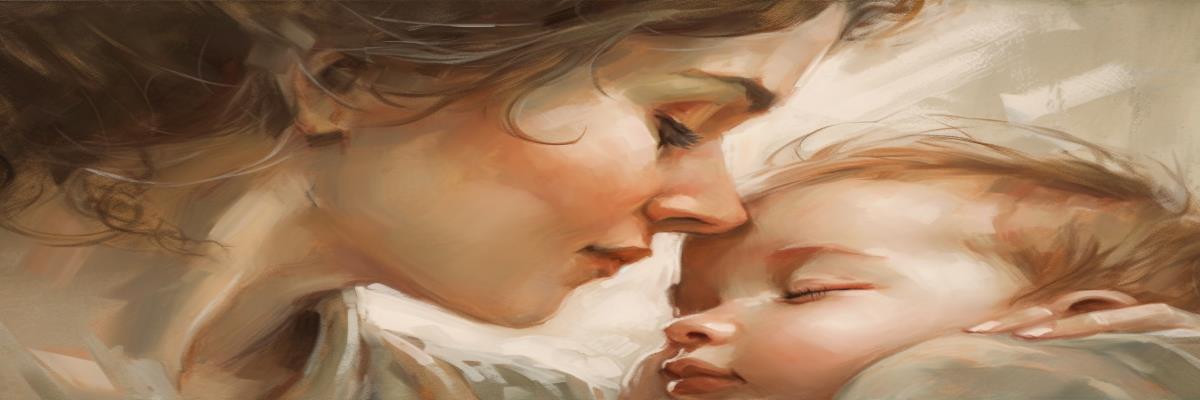



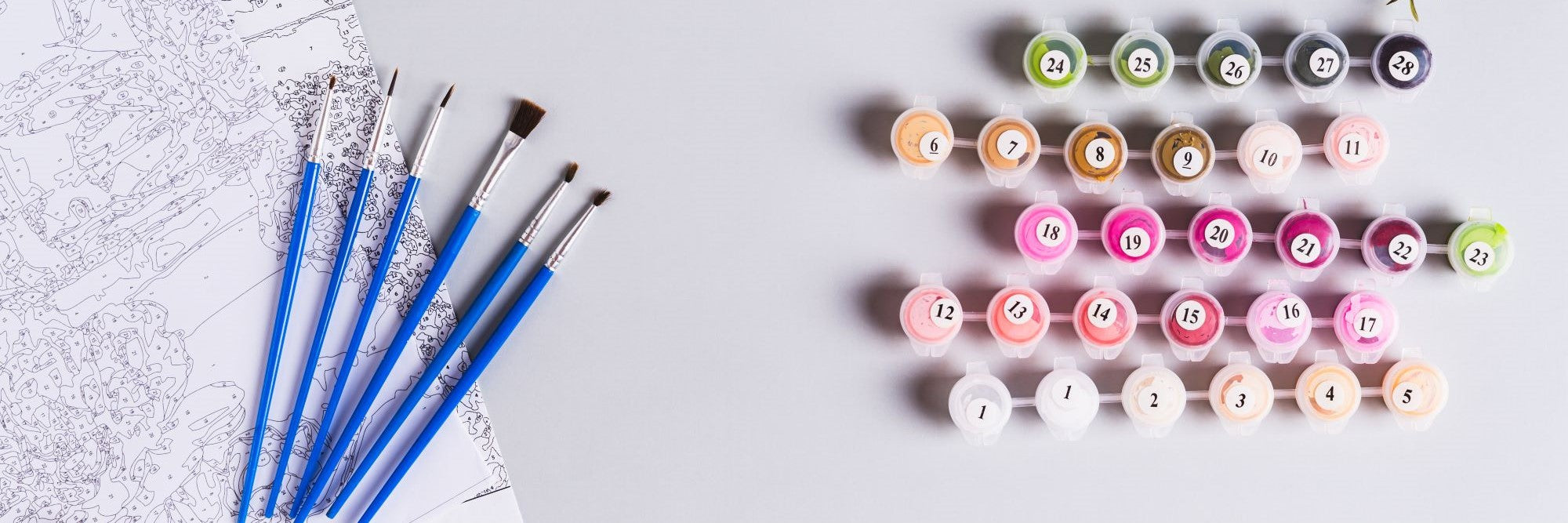

 https://1001canvas.com/blogs
https://1001canvas.com/blogs


